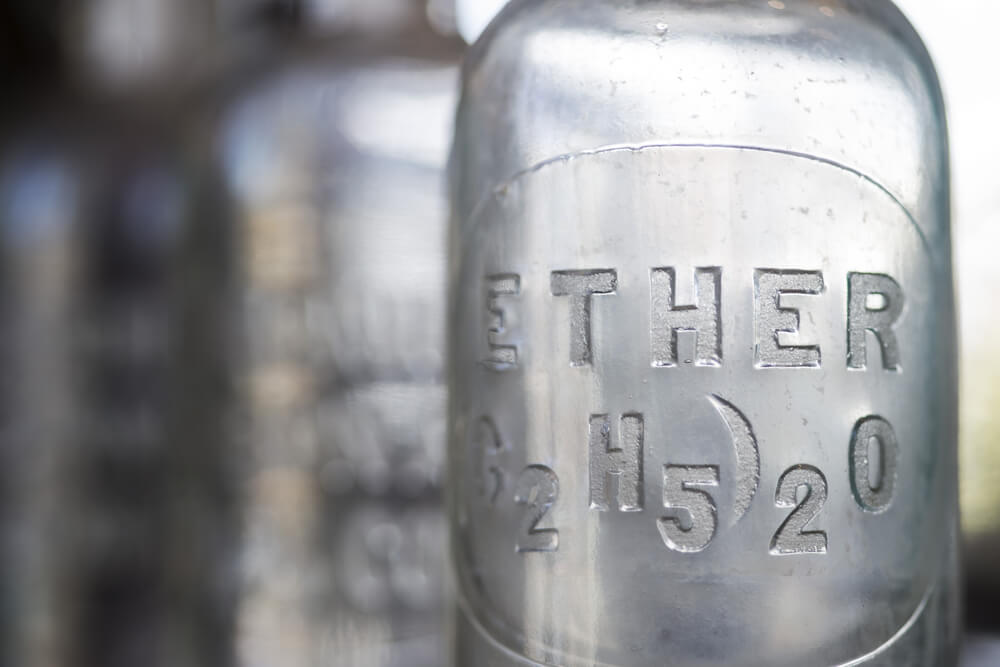In 1846, the first clinical case involving the use of ether for dental anesthesia occurred. Dentist William Morton was the surgeon in charge of the procedure which happened in Boston.
On March 30, 1842, Dr. Crawford Long used ether when removing a tumor from a patient’s neck. The patient’s name was James Venable. Although this was the first time Dr. Crawford used ether as anesthesia, he must have learned it at the University of Pennsylvania Medical School.
Experimenting with laughing gas as an anesthetic
William Morton did not have the luxury of receiving formal dental education. He was only a pre-med student exploring dentistry in Boston. Sometime in 1845, he worked with Horace Wells, his mentor and partner, to discover the use of laughing gas nitrous oxide as an anesthetic. However, various factors like insufficient gas caused the failure of the demonstration.
Although the first demonstration had been a failure, Morton went on to try a different gas, ether. At this time, wells had transferred from Boston. Morton’s new partner was his pre-med tutor, Charles Jackson.
Initially, Morton would conduct experiments on animals. Occasionally, he would use the gas on himself at home. Later on, he used ether as an anesthetic for the first time during a tooth extraction procedure on a patient. The patient was Eben Frost, and the appointment was in Morton’s dental office in Boston.
After the first dental procedure, Morton kept on using ether for dental surgery. It was not long before ether gained popularity as an anesthetic.

